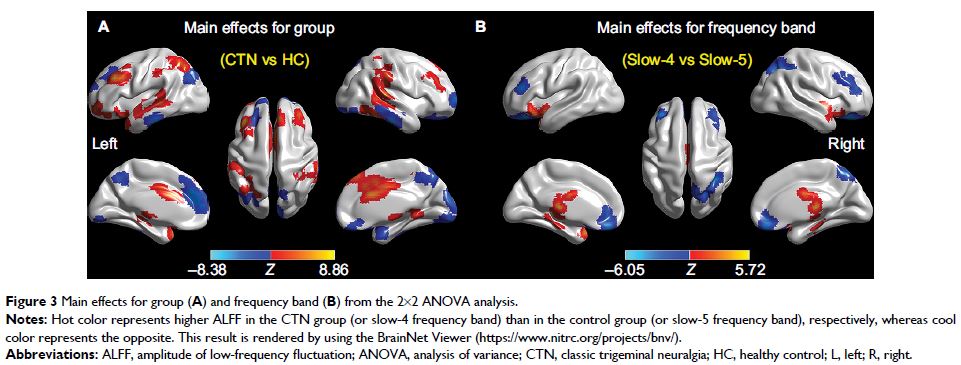9 7 8 1 6
论文已发表
注册即可获取德孚的最新动态
IF 收录期刊
- 3.3 Breast Cancer (Dove Med Press)
- 3.4 Clin Epidemiol
- 2.5 Cancer Manag Res
- 2.9 Infect Drug Resist
- 3.5 Clin Interv Aging
- 4.7 Drug Des Dev Ther
- 2.7 Int J Chronic Obstr
- 6.6 Int J Nanomed
- 2.5 Int J Women's Health
- 2.5 Neuropsych Dis Treat
- 2.7 OncoTargets Ther
- 2.0 Patient Prefer Adher
- 2.3 Ther Clin Risk Manag
- 2.5 J Pain Res
- 2.8 Diabet Metab Synd Ob
- 2.8 Psychol Res Behav Ma
- 3.0 Nat Sci Sleep
- 1.8 Pharmgenomics Pers Med
- 2.7 Risk Manag Healthc Policy
- 4.2 J Inflamm Res
- 2.1 Int J Gen Med
- 4.2 J Hepatocell Carcinoma
- 3.7 J Asthma Allergy
- 1.9 Clin Cosmet Investig Dermatol
- 2.7 J Multidiscip Healthc

已发表论文
经典三叉神经痛中静息态 BOLD 信号的时空特征
Authors Wang Y, Xu C, Zhai L, Lu X, Wu X, Yi Y, Liu Z, Guan Q, Zhang X
Received 11 June 2017
Accepted for publication 9 November 2017
Published 5 December 2017 Volume 2017:10 Pages 2741—2750
DOI https://doi.org/10.2147/JPR.S143734
Checked for plagiarism Yes
Review by Single-blind
Peer reviewers approved by Dr Amy Norman
Peer reviewer comments 3
Editor who approved publication: Dr E. Alfonso Romero-Sandoval
Abstract: Resting-state
functional magnetic resonance imaging (R-fMRI) signals are spatiotemporally
organized. R-fMRI studies in patients with classic trigeminal neuralgia (CTN)
have suggested alterations in functional connectivity. However, far less
attention has been given to investigations of the local oscillations and their
frequency-specific changes in these patients. The objective of this study was
to address this issue in patients with CTN. R-fMRI data from 17 patients with
CTN and 19 age- and gender-matched healthy controls (HCs) were analyzed using
amplitude of low-frequency fluctuation (ALFF). The ALFF was computed across
different frequencies (slow-4: 0.027–0.073 Hz; slow-5: 0.01–0.027 Hz; and
typical band: 0.01–0.08 Hz) in patients with CTN compared to HCs. In the typical
band, patients with CTN showed increases of ALFF in bilateral temporal,
occipital, and left middle frontal regions and in the left middle cingulate
gyrus, as well as decreases of ALFF in the right inferior temporal region and
in regions (medial prefrontal regions) of default mode network. These
significant group differences were identified in different sub-bands, with
greater brainstem findings in higher frequencies (slow-4) and extensive default
mode network and right postparietal results in lower frequencies (slow-5).
Furthermore, significant relationships were found between subjective pain
ratings and both amplitudes of higher frequency (slow-4) blood oxygen
level-dependent (BOLD) signals in pain localization brain regions and lower
frequencies (slow-5) in pain signaling/modulating brain regions in the
patients, and decreased ALFF within the prefrontal regions was significantly
correlated with pain duration in the patients. This result supports our
hypothesis that trigeminal pain has a characteristic spatiotemporal
distribution of low-frequency BOLD signals. These findings might contribute to
a better understanding of the impact of CTN on the brain’s intrinsic
architecture. Future studies should take the frequencies into account when
measuring brain resting BOLD signals of patients with CTN.
Keywords: frequency dependent, resting fMRI, slow-4, slow-5
Keywords: frequency dependent, resting fMRI, slow-4, slow-5
